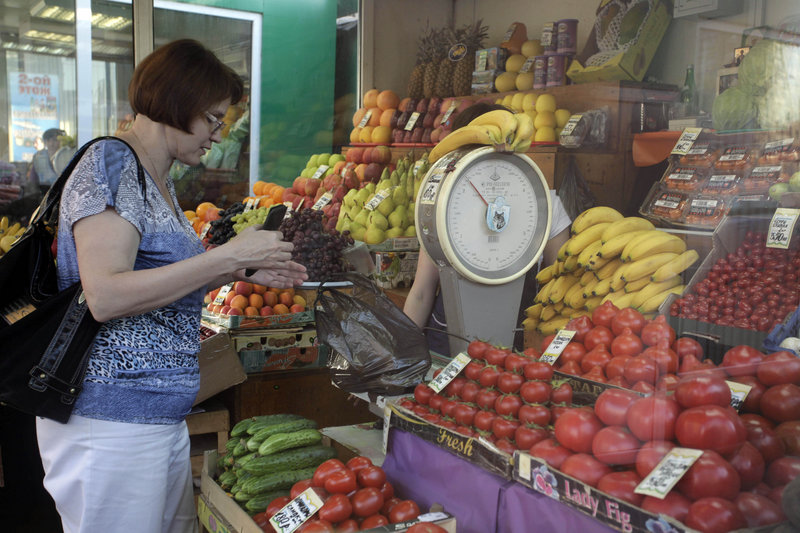BERLIN — The food-borne bacterial outbreak that has hit Germany and other European nations is unlike anything Western experts have seen: 16 dead and more than 1,000 sick, including nearly 400 suffering severe and potentially fatal symptoms. But several days into the health threat, scientists remain unsure what produce — and what country — is responsible.
Investigators across Europe were frantically trying to determine the scope of the contamination by an unusual strain of the common E. coli germ — and where in the long journey from farm to grocery store the contamination occurred. German authorities pointed to a few cucumbers from Spain, but further tests showed that those vegetables, while contaminated, did not cause the outbreak.
In Germany, where the vast majority of deaths and severe illnesses have been reported, officials said that investigations including interviews with patients have shown that people were likely infected by eating raw cucumbers, tomatoes or lettuce. They are warning consumers to avoid those vegetables, and Russia went so far as to ban imports of those vegetables from Spain or Germany.
In its most severe form, the infection can attack the kidneys, sometimes causing seizures, strokes and comas.
It’s “extraordinary” to see so many cases of the kidney complication from a food-borne illness, said Dr. Robert Tauxe, a food-borne disease expert at the U.S. Centers for Disease Control and Prevention.
“There has not been such an outbreak before that we know of in the history of public health,” Tauxe said. He added that the strain of E. coli in the European outbreak has not been seen in the United States, where there have been several high-profile food-borne outbreaks in recent years, but none with such a high death toll.
There’s little precedent in Europe, either. In 1996, an E. coli outbreak in the United Kingdom caused 216 cases and 11 deaths.
The World Health Organization said 86 percent of those sickened were adults, and two-thirds were women. It said it was unusual that more children weren’t affected.
E. coli is found in the digestive systems of humans, cows and other mammals. It has been responsible for a large number of food poisoning outbreaks around the world. In most cases, it simply causes diarrhea and other nonlethal stomach ailments.
But the bacteria involved in the latest outbreak, EHEC, causes more severe symptoms, ranging from bloody diarrhea to hemolytic uremic syndrome — the rare kidney condition that the most seriously ill patients are suffering from. At least 373 people in Germany and 15 in Sweden have come down with the syndrome, which normally kills roughly 5 percent of the patients who get it.
The syndrome is not just a short-term problem: Ten to 20 years after they recover, between 30 percent and half of survivors will have some kidney-caused problem, experts say.
A Swedish woman who died early Tuesday was the first, and so far the only, fatality linked to the outbreak outside Germany.
The latest German death occurred Tuesday in the northwestern city of Paderborn, but German regional officials said they are seeing a sharp drop in the number of new cases.
Total cases, including less severe infections, top 1,150 in Germany alone.
Other infections have been reported in Denmark, France, the Czech Republic, the U.K., the Netherlands and Switzerland. Many patients in those cases had recently traveled to Germany.
Send questions/comments to the editors.



Success. Please wait for the page to reload. If the page does not reload within 5 seconds, please refresh the page.
Enter your email and password to access comments.
Hi, to comment on stories you must . This profile is in addition to your subscription and website login.
Already have a commenting profile? .
Invalid username/password.
Please check your email to confirm and complete your registration.
Only subscribers are eligible to post comments. Please subscribe or login first for digital access. Here’s why.
Use the form below to reset your password. When you've submitted your account email, we will send an email with a reset code.